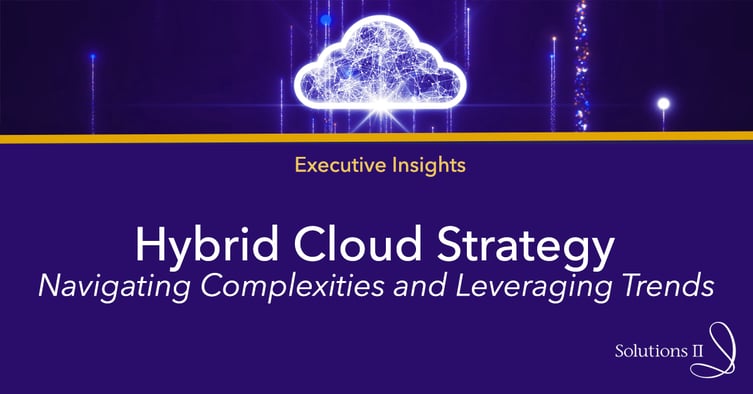A recent study on Cloud trends, which questioned 350 IT leaders in the United States on their current hybrid cloud strategies, showed that 94% of respondents had been involved with a cloud repatriation project in the last three years.[1]

Unexpected security issues (41%) and high project expectations (29%) were reported as the top drivers for moving some cloud-based workloads back to on-premise infrastructure. Another major driver was the failure to meet or properly set internal expectations, accounting for 23%. After reflecting on their experience, IT leaders found that the most common reasons for cloud repatriation projects were security concerns, unexpected costs, performance issues, compatibility problems, and service downtime. Over 29% of IT leaders found that moving projects from on-premise to the cloud was more expensive than expected, while 65% said it was financially predictable. The cost-benefit analysis of cloud versus on-premise infrastructure varies greatly depending on the organization.
Security is a top priority, and 93% of IT leaders agreed that cloud technologies can help prevent cybersecurity incidents. Moving workloads and cloud repatriation projects can pose a risk, and IT leaders are worried that these projects could make them vulnerable to a cyberattack. With benefits to both cloud and on-premise infrastructure, 50% of these IT leaders currently have projects in both cloud and on-premise. A conclusion in the study (outlined below) aligns with our Solutions II Proprietary Adaptable Data Center Framework.
It’s clear that IT leaders are still trying to find the right balance between cloud and on-premise. With evolving demands and unexpected changes to priorities, enterprises need a model that allows them to scale resources up or down as required while maintaining security, compliance, and business performance.
A recent report from DevOps.com reinforces that hybrid cloud solutions offer scalability, security, and the agility necessary for rapid adaptation to business demands[2]. This resonates with Solutions II’s Adaptable Data Center Framework's vision, ensuring IT infrastructures are resilient, compliant, and performance-oriented. Emerging trends like edge computing integration, improved security protocols, and AI-enhanced cloud management platforms will continue to shape the hybrid cloud landscape.
Striking the Right Balance
The industry has come up with a great word for moving workloads from cloud to on-premise “repatriation.” When a great word like that comes along, people want to write about it and talk about it. Despite great new vocabulary words, the bottom line is that a hybrid cloud environment enables IT Leaders to balance their infrastructure capabilities to support the desired business outcomes. Hybrid Cloud environments are able to match the proper data center capabilities to specific applications, workloads, and services.
An important element in Hybrid Cloud computing is visibility. Observability across hybrid cloud environments has become critical, allowing organizations to effectively monitor, identify, and resolve issues across multi-cloud platforms. Combined with the rise of AIOps, this streamlines operations and enhances the proactive identification of system anomalies, improving availability.
Planned and architected properly, siloes are eliminated, and the integrated cloud and on-premise platform create a robust set of data center capabilities that can be balanced to optimize security, availability, performance, and cost.
Solutions II’s Adaptable Data Center Framework is an approach to planning and building a Hybrid Cloud Architecture that will base the design on achieving business outcomes along with balancing cost, security, and flexibility. Through our years of experience, we have learned that the best Enterprise Architecture for the vast majority of businesses is a Hybrid Cloud that leverages the strengths of cloud and on-premise.
[1] Survey Commissioned by Citrix business unit of Cloud Software Group, Inc.
[2] https://devops.com/hybrid-cloud-in-2024-trends-and-predictions/
To learn more about Solutions II, visit our website at www.solutions-ii.com or follow us on LinkedIn.






Comment Form